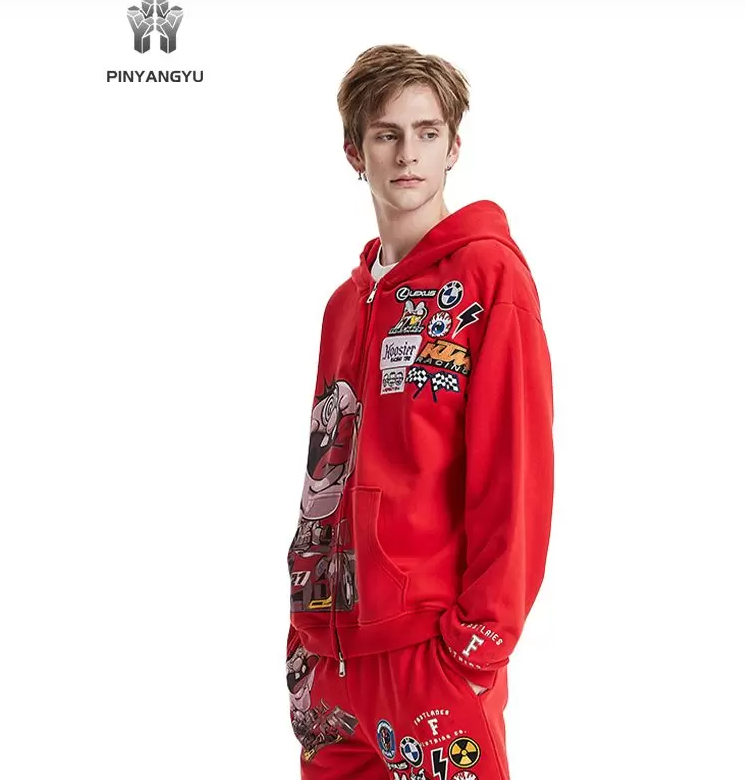Consumer behavior is a complex field that encompasses various factors, including demographics, psychographics, and cultural influences. One intriguing aspect of consumer behavior is the role of gender. In this blog post, we will delve into the question of which gender is more of a consumer, exploring the nuances and shedding light on the topic.
- Gender and Consumerism: An Overview
Consumerism, the act of purchasing goods and services, is a fundamental aspect of modern society. To understand the gender differences in consumerism, we must first examine the historical context and societal norms that have shaped these behaviors. Traditionally, women were often associated with household consumption, while men were seen as the primary earners. However, with changing gender roles and increased gender equality, consumer behavior has evolved. - Gender Differences in Purchase Decision-Making
Research suggests that men and women exhibit distinct patterns in their purchase decision-making processes. Men tend to prioritize functionality, performance, and price when making buying decisions. On the other hand, women often consider factors such as aesthetics, brand reputation, and emotional appeal. These differences can be attributed to biological, psychological, and sociocultural factors. - Gender and Product Preferences
When it comes to product preferences, gender plays a significant role. Studies have shown that men are more likely to invest in technology, automotive, and financial products. Women, on the other hand, tend to show a higher inclination towards fashion, beauty, and health-related products. However, it is important to note that these preferences are not absolute and can vary greatly among individuals. - Gender and Brand Loyalty
Brand loyalty is another aspect where gender differences come into play. Research suggests that women tend to exhibit higher levels of brand loyalty compared to men. This can be attributed to women's tendency to seek emotional connections with brands and their emphasis on trust and reliability. Men, on the other hand, may be more open to switching brands based on factors such as price and convenience. - Gender and Online Shopping Behavior
With the rise of e-commerce, understanding gender differences in online shopping behavior is crucial. Women tend to engage in more online shopping activities, spending more time browsing and researching products. They also show a higher inclination towards social shopping, seeking recommendations and reviews from others. Men, on the other hand, often exhibit a more goal-oriented approach, focusing on efficiency and convenience.
Conclusion:
In conclusion, gender differences in consumerism are evident, but they are not absolute. Men and women exhibit distinct patterns in purchase decision-making, product preferences, brand loyalty, and online shopping behavior. However, it is essential to recognize that individual differences within each gender group can be significant. Understanding these nuances can help marketers tailor their strategies to target specific gender segments effectively.






+ There are no comments
Add yours